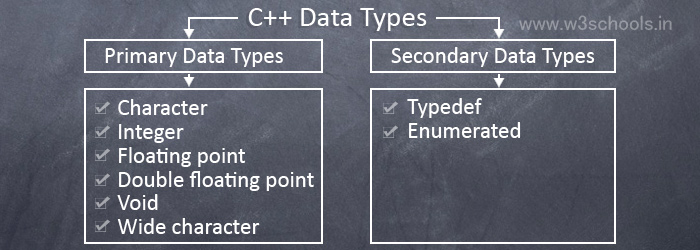

# Example: nested if that handles product inventory Here’s the output that the program generates: You're 18 or older. So the ‘happy driving’ message can only show for adults. Note that we don’t have to check if the person is an adult that’s something the top if statement already did. There the print() function wishes the person happy driving.

That variable is True, and so Python executes its code. The other nested if statement looks up hasLicense.
#Multiple or statements python code#
Since that variable is False, this if statement’s code doesn’t execute. The first checks the isGraduated variable. Code inside that if statement first has the print() function say something cheesy. Since our age variable has a value of 19, that condition tests True. Then an if statement looks if the person is 18 years or older. Welcome to adulthood!" ) if isGraduated : print ( 'Congratulations with your graduation!' ) if hasLicense : print ( 'Happy driving!' ) Here’s how that looks:Īge = 19 isGraduated = False hasLicense = True # Look if person is 18 years or older if age >= 18 : print ( "You're 18 or older. So the first approach has us place an if statement inside another. The other option is to place the if statement in the else code of an if/else statement. The first option is to put the if statement inside an if code block. There are two main ways to make a nested if statement. # Default pattern: if statement inside another It also gives our program the opportunity to execute code between if statements. This is one way to implement conditions that are tested after each other. But a nested if statement also depends on how its preceding if test evaluates. When we got a regular if or if/else statement, we test a condition and then execute some code. That’s how we execute Python code conditionally (Python Docs, n.d.).

Those statements test true/false conditions and then take an appropriate action (Lutz, 2013 Matthes, 2016). # If statements dependent on other ifs: Python’s nested ifsĪ nested if statement is an if statement that is nested (meaning, inside) another if statement or if/else statement. Other ways to code Python if statements.Example: evaluate user input with nested if statements.Example: nested if that handles product inventory.Example: compare age with a nested if statement.Python example programs that use nested if statements.Default pattern: if statement inside else code block.Default pattern: if statement inside another.If statements dependent on other ifs: Python’s nested ifs.


 0 kommentar(er)
0 kommentar(er)
